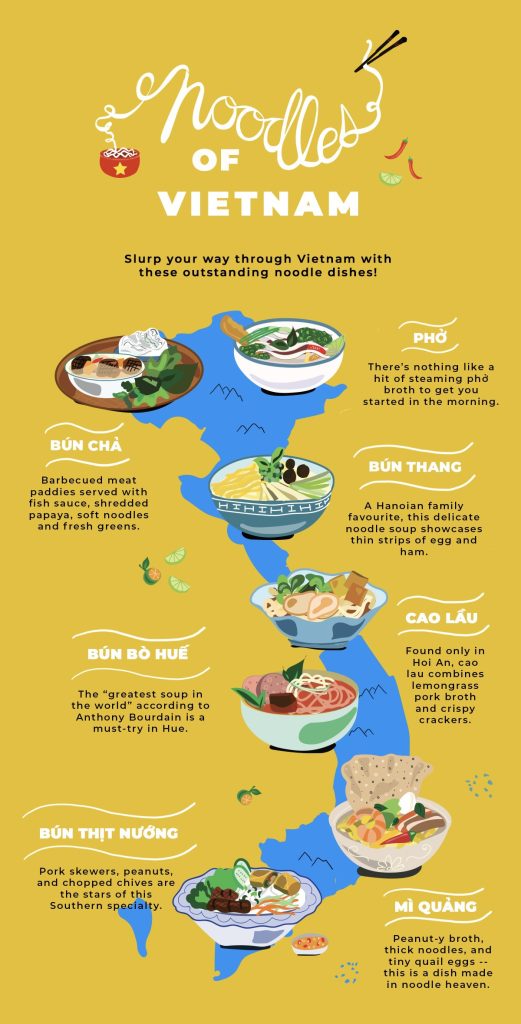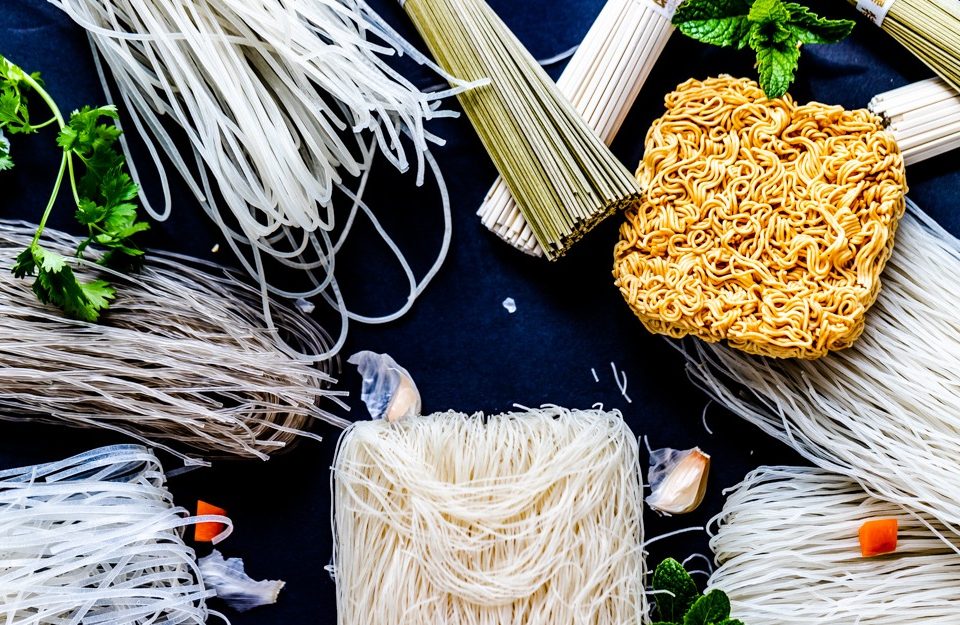Noodles for lunch, supper, and all three meals? We ask, “Why not?” in Vietnam. We enjoy our noodles hot or cold, wet or dry, fresh or fried, and we believe you will too. The world of Vietnamese noodles is a huge and alluring realm for foodies visiting the nation, full of delightful surprises and pleasures. Continue reading for a detailed explanation of Vietnamese noodles and a list of meals you really must try while there.
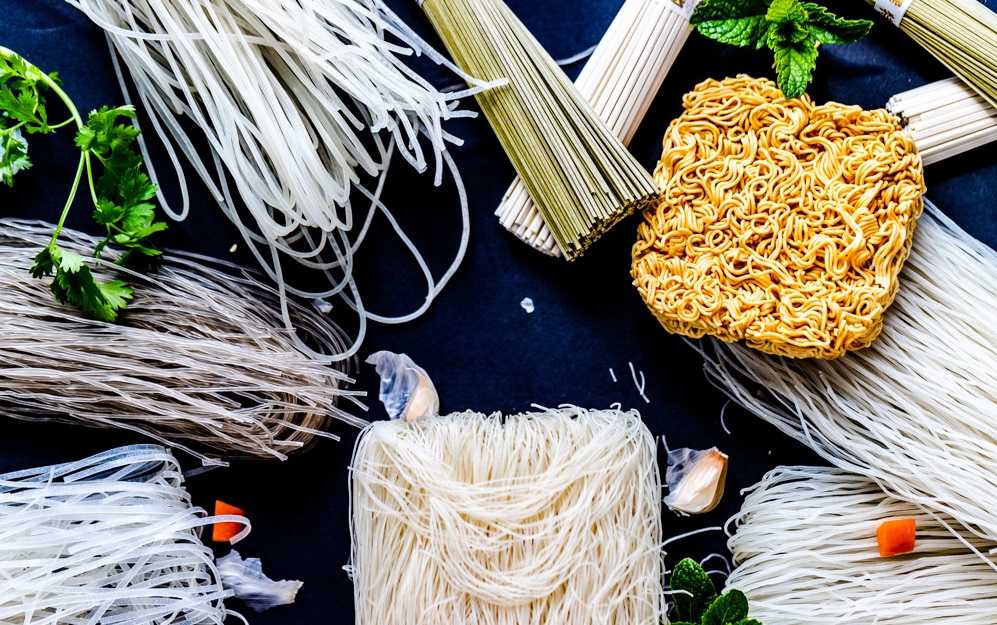
Main types of Vietnamese noodles
Phở (steamed flat rice noodles)
Phở noodles are produced from rice, like many other Vietnamese classics, but unlike others, they are flat and rectangular, providing them additional bulk for heartier meals. You may be familiar with phở bò or phở gà, a delicate soup from northern Vietnam that is eaten for breakfast by natives all around the nation. Phở noodles are also available as stir-fried dishes and fresh rolls in Hanoi.
Bún (steamed round rice noodles)
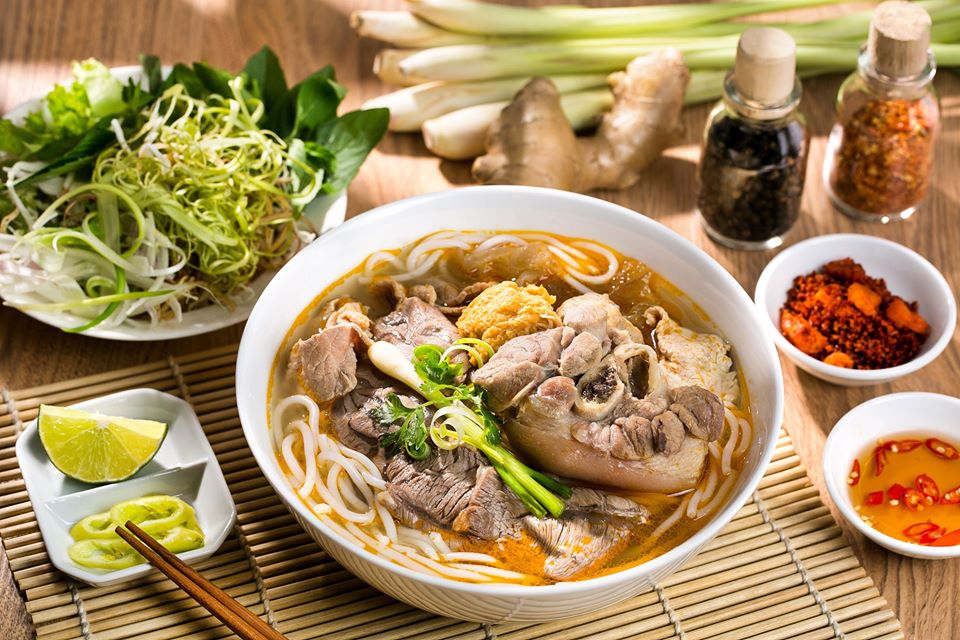
One of the most adaptable noodles in Vietnam is the ban. Vietnamese dipping sauces are both savory and sweet, and the slight sourness from the leaves used in the steaming process properly balances both. These snow-white, round, and delicately textured noodles are used to make classic noodle soups as well as spring rolls and noodle salads with grilled meat.
Miến (dried glass noodles)
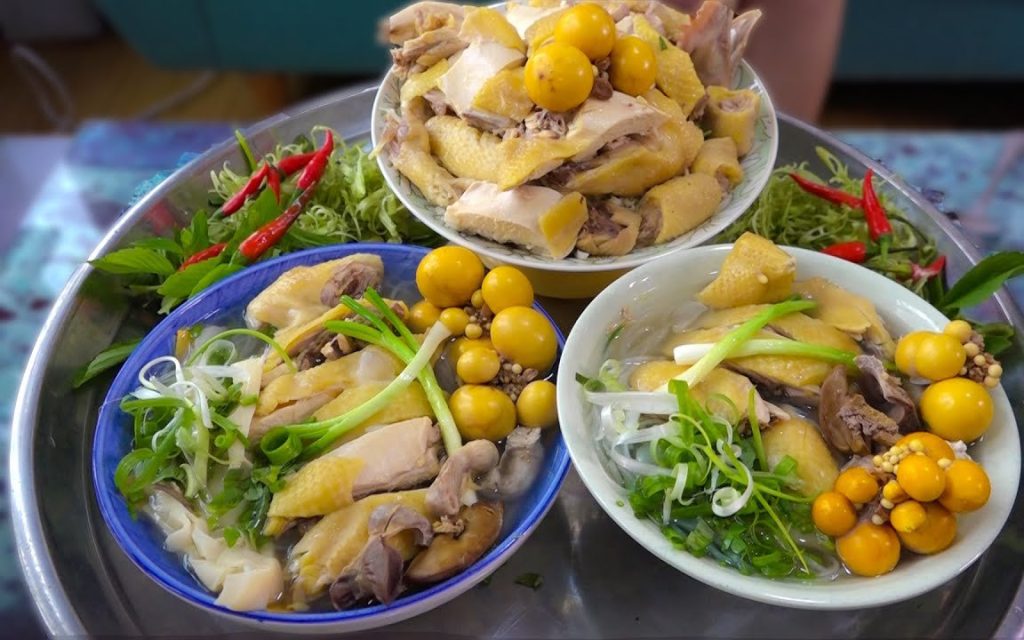
Vermicelli or clear glass noodles are referred to as “miến” in Vietnam. These noodles have a slightly chewy texture and are thin and cylindrical. Miến is served as a base in dishes like min ln trn (dry glass noodles with crispy eel) or boiled in soups like miến gà (glass noodles with chicken). It is also used as a stuffing for deep-fried snacks like bánh gối (pillowy pork and mushroom empanadas).
Mì (wheat or egg noodles)
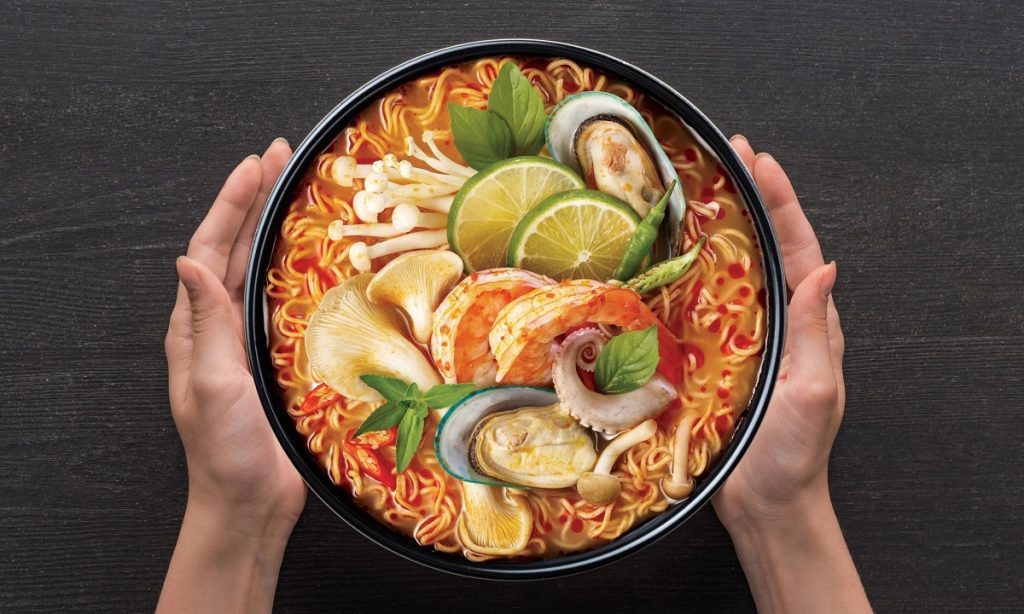
Vietnamese people refer to thin wheat noodles as “m.” These noodles are frequently cooked al dente in hot soups or dried after being combined with egg yolk to impart yellow color. The best places to find m noodles are at stands selling m vn thn, a Vietnamese wonton noodle soup that includes char siu pork, sliced boiled eggs, and a hot broth of green onions and shallots.
Cooking techniques and preparation
Noodle salads
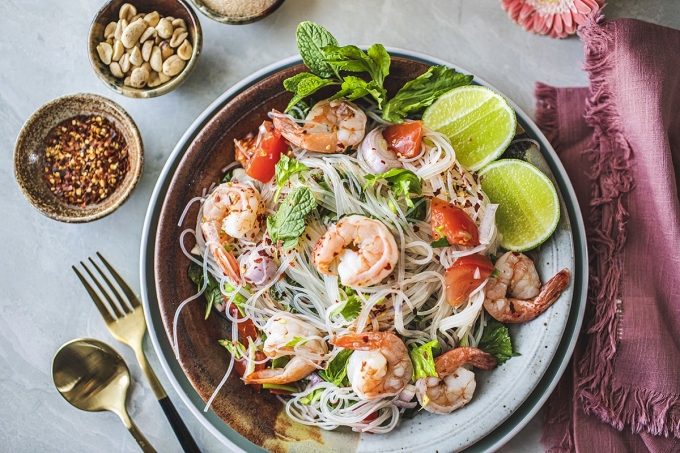
Vietnamese people keep cool in hot weather by eating light noodle dishes and heaping portions of fresh herbs and vegetables. Try ban ch or ban tht nng for lunch on a summer day. Both recipes have grilled pork on dry bánh m, with shredded lettuce, herbs, and a little fish sauce tying everything together.
Noodle soups
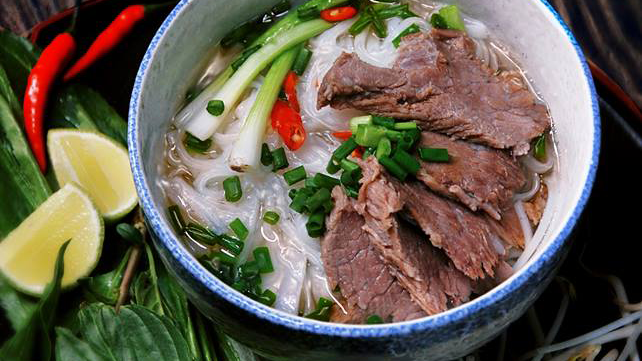
There has been much said about Vietnam’s renowned phở bò, but you’ll be happy to know that there are countless other kinds of noodle soups available to you in Vietnam. The soupy dishes Bún bò Huế, Hủ tíu Nam Vang, and Bún riêu ought to be on any reputable Vietnam hit list. Vietnamese noodle soups are typically seasoned with lime, chilli, and aromatic herbs at the table, to taste.
Noodle rolls
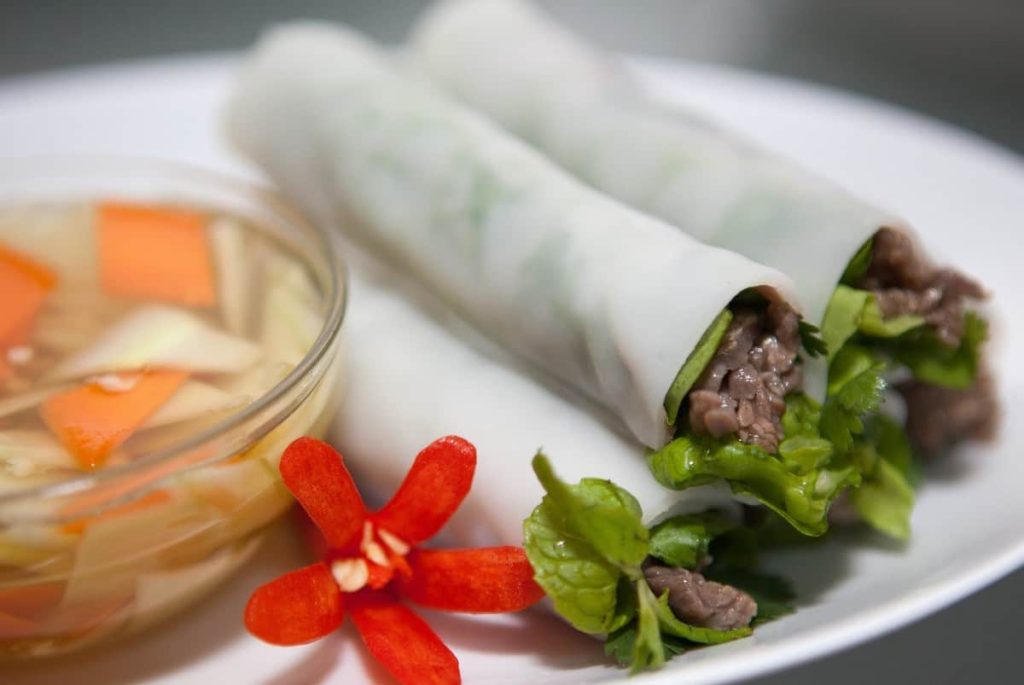
Vietnamese have mastered the art of making little rolls that are packed with flavor. Fresh noodles are a crucial component of the delectable rolls from Vietnam, such as nem lụi, bò bía, and gỏi cuốn. Fresh fish, either grilled or fried, is frequently served throughout the nation with noodles and a variety of veggies that are meant to be rolled by hand and dipped in fish sauce.
Fried noodles
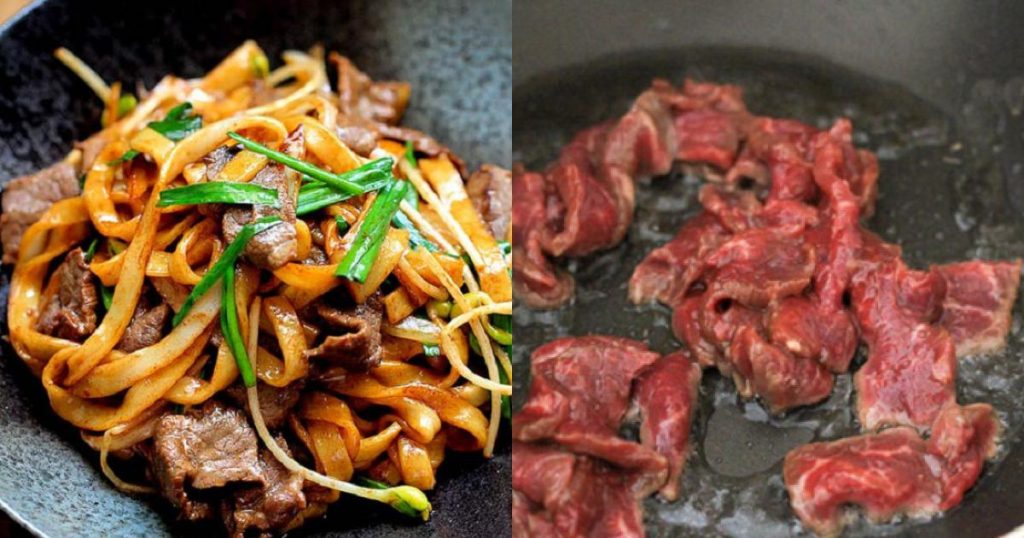
When prepared the traditional way, stir-fried noodles, or m xào, are delicious. The freshest veggies are sautéed with onions, pork, or shellfish, are topped with coriander leaves, and are then served with soy sauce that has been spiced with chilies. Look for ph chiên phng, which are deep-fried squares of pho noodles covered with meat, sauce, choy sum, and stewed tomatoes.
One-of-a-kind noodle dishes
Mì Quảng
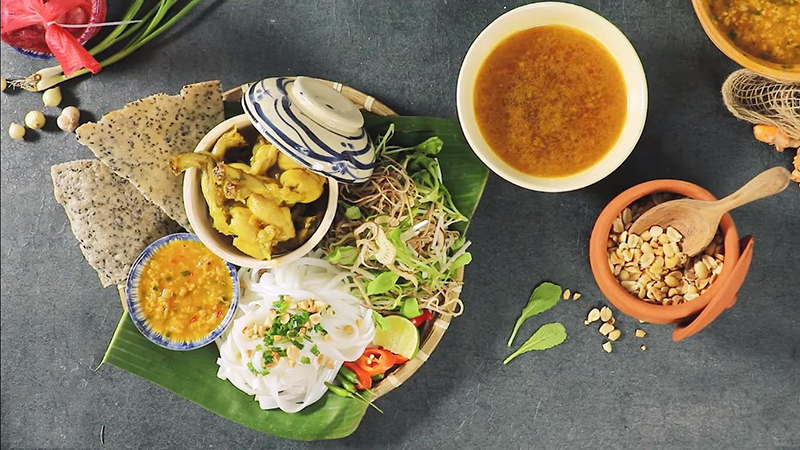
These Vietnamese noodles from the Quảng Nam region in Central Vietnam are exceptional. A handful of broad, flat rice noodles, a ladle of peanut-flavored broth, sliced pork, cooked shrimp, fresh greens, quail eggs, and sesame rice crackers are all included in each bowl. Look for Mì Quảng in the Đà Nẵng and Hội An restaurants and backstreets.
Bánh đa đỏ
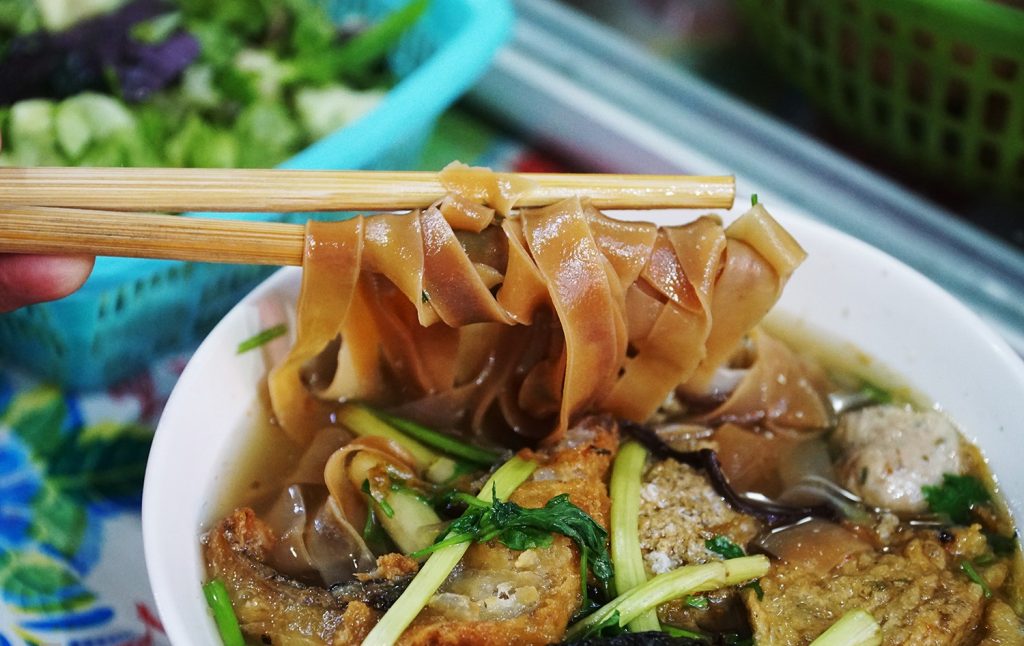
These rectangular treats, which are thin, flexible, and chewy, are a native of the northern coastal city of Hải Phòng. The noodles’ distinctive brown color is a result of a unique mixture of caramel and gc fruit powder. In restaurants in Northern Vietnam, you can gulp them down with a crab and tomato or fish and dill soup.
Bánh canh
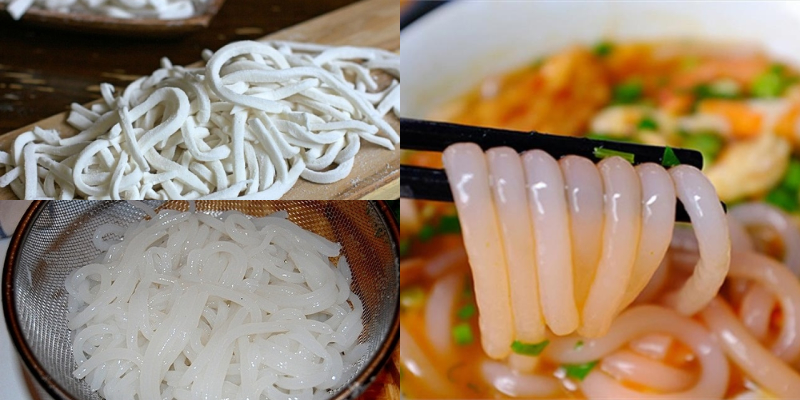
Though less well-known than many other Vietnamese noodles, these thick tapioca noodles are still delicious and worth trying for their slippery sweetness. In several regions of Vietnam, a meaty variation made with pork knuckles, sausage, and crab is very popular. Bánh canh soup, a filling breakfast dish from the Mekong Delta, is made with freshwater fish, delicate fish bone broth, and gently simmered herbs.
Cao lầu
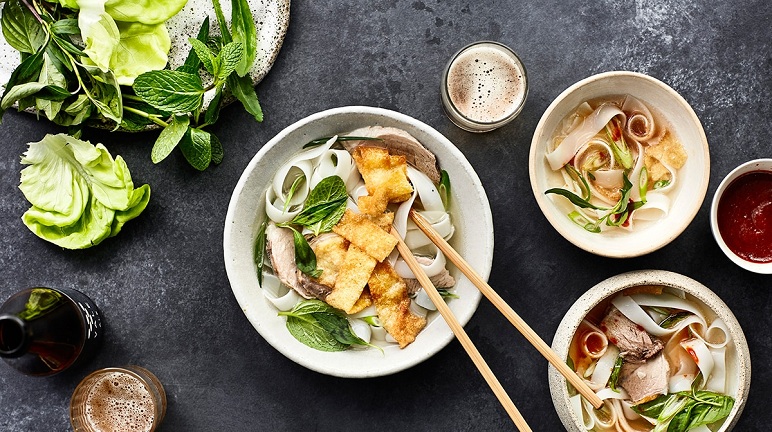
The only place to get authentic cao lầu is in Hội An, a former trading harbor. The texture and flavor of these noodle-like dishes, which resemble udon, can only be achieved by traditionally dipping them in the mineral-rich water from the nearby well. Noodles and bean sprouts are layered with a lemongrass-infused savory sauce, which is then topped with roasted pork slices and lush greens.
